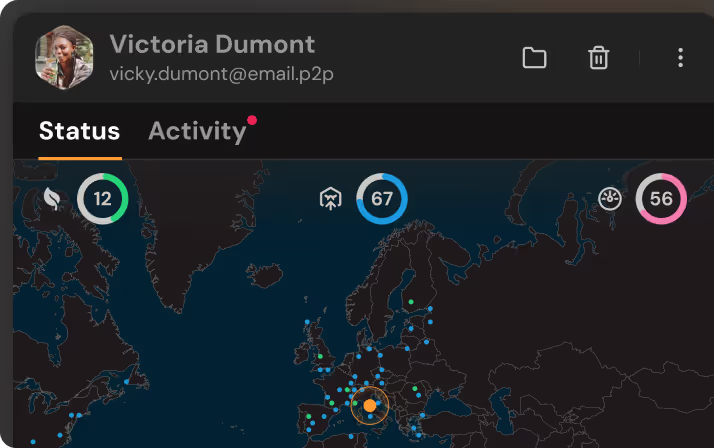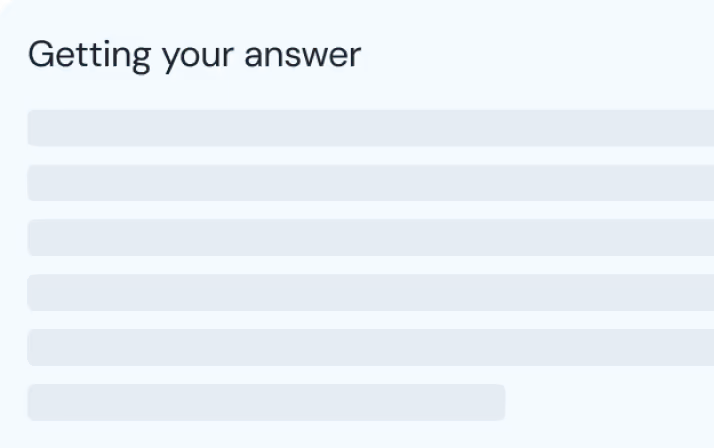Hivenet cloud
Hivenet owes its efficiency, reliability, and robustness to an intricate distributed and sustainable cloud.

A fully distributed cloud
Hivenet works on our proprietary distributed cloud infrastructure.
It brings together individual devices of community members, who contribute their storage space to create a secure and resilient network.
This network forms the backbone of all our services from cloud storage to computing, enabling us to provide our users with an affordable, efficient, sustainable, and highly private and secure cloud solution.

Hivenet is the sustainable alternative to traditional centralized data centers

All major cloud companies rely on huge data centers running 24/7. Our cloud is different - it uses hard drives of computers like yours so it doesn’t use any extra energy.
This is how
Hivenet works on our distributed cloud
Simple on the outside, complex on the inside. There is a lot of “magic” happening to keep your data private, safe, and ready to use.
1
Uploading and preparing your data
This is where your data gets split, encrypted, and encoded, ready for storage on Hivenet.
Chunk
Before the upload, your data is divided into manageable pieces, known as "chunks".
Compression and encryption
Each chunk is compressed using the zlib algorithm to minimize its size. Then we apply client-side encryption to ensure that no one, including Hivenet, can access your data. We use AES-GCM with a 256-bit key, which is considered quantum-safe.
Sharding and encoding
After encryption, chunks are further divided into shards and encoded using erasure codes (specifically, Reed-Solomon codes), resulting in additional shards.
This encoding allows for the retrieval of the original data with only 50% of available shards.
2
Storing and maintaining your data
Here's how we choose where to store your data and what we do to ensure it stays safe and accessible.
Node selection and dissemination
Hivenet selects the most suitable nodes based on reliability, capacity, performance, and location to host your data shards. The chosen shards are then uploaded to these nodes.
Monitoring and healing
Hivenet continually monitors the network to ensure data availability, even when nodes disappear. It tracks the redundancy ratio of your data (the total number of available shards divided by the number of shards required to reconstruct your data).
If the redundancy level falls below a safety threshold, the network triggers a swarm healing process to regenerate new shards, maintaining the desired redundancy ratio.
3
Retrieving your data
When you need your data back, this process ensures that you can download, decode, and decrypt your data.
Downloading and decoding
To retrieve your data, Hivenet downloads the minimum subset of shards needed to decode the chunks. The decoding process generates encrypted and compressed chunks.
Decryption and reconstruction
After retrieving the encryption keys from the network, the chunks are decrypted. This process is zero-knowledge and happens only on your device, ensuring your data's security. Following decryption, your data is reconstructed.
Private cloud storage
Store your files on a network of real devices, not data centers. Always accessible, always private, never locked in.
Cloud computing for AI
Get fast AI power and reliable compute with no queues and no wasted spend. Run your toughest jobs on demand.
Encrypted file transfer
Send large files quickly. Transfers stay encrypted from start to finish. No account required.
Private AI chat systems
Build and run AI chat systems on Hivenet’s GPUs. Data stays in-house, fully private.



